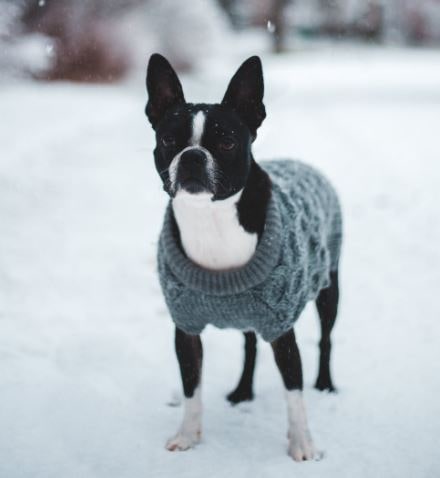4 Tips on How to Introduce Children to a New Dog
This month we celebrate National Puppy Day on March 23rd this is part 1 of a two part blog series celebrating the joy of new puppies.
Being around a new dog can cause a lot of excitement, especially in households with young children. It is important to take some time to talk to the children about the way to behave, as well as showing them the do’s and don’ts for handling their new puppy, this will help their time together be fun and rewarding.
Tip #1. Teach Children to Be on Their Best Behavior When Meeting Their New Dog
When meeting a new dog, it is important for children to be quiet and calm. Fast movements, grabbing hands and loud squealing may frighten and upset their new dog, and a scared dog may bite. Having the children sit quietly gives the dog a chance to come to them when it is comfortable and relaxed. If you can, model this behavior for the children.
Iit is important to supervise the activities going on between a young child and dog. Children need to be told to never:
- Chase after or corner the animal
- Grab the dog by the hair, ears, leg, or tail to pull it close
- Pull on its ears
- Place fingers in its mouth
- Get down in its face
- Bounce, climb or sit on the dog.
Children too young to understand these directives should never be left alone with a dog.
Tip #2. Teach Children to Be Observant of Dog Behaviors
When watching a dog for signs that it is nervous or uncomfortable, it is important to keep in mind that individual animals tolerate different levels of discomfort. For example, accidentally stepping on the toes of one dog may only bring about a whine, but doing the same to another dog may cause it to bite.
A dog that feels anxious or uncomfortable may show one or more of the following behaviors:
- Avoidance
- Walking away
- Backing up
- Struggling
- Averting its gaze
- Licking its lips
- Yawning
- Showing the whites of its eyes
- Growling
- Yelping.
Explain these behaviors to children, and point them out if observed. If these signs are ever noticed, it is important to stop the interaction between the child and dog.
Tip #3. The Proper Way to Pick Up a Dog
Children tend to pick up dogs the way they would lift a doll—by the front limbs. Raising the animal up in this way is dangerous as the animal runs the risk of incurring the following injuries:
- Strained muscles of the front limbs and spine
- Torn ligaments
- Dislocated shoulder
- Dislocated elbow
- Damage to the bones and cartilage.
Both adults and children should know the correct way to pick up a dog. If possible, demonstrate for them and give them opportunities to follow your lead.
For small dogs:
- Place arm under the animal’s chest between its front limbs
- Tuck its back end in between the same arm and your torso.
For medium-sized dogs:
- Place arm behind the dog’s back legs
- Place other arm around its chest, in front of its limbs
- Hold the dog against your chest.
Tip #4. Additional Safety Tips for Children around Dogs
The following important safety tips should also be taught to children:
- Never reach out to touch a dog without asking permission first.
- If a dog tries to get away, let it go.
- If you come upon a dog that appears injured or sick, don’t try to touch it; get an adult to help.
Teaching children ways to calmly and carefully interact with dogs will help to keep them safe and further a lifelong appreciation of animals. By spending a few extra moments with children, you can prevent injury to the animals and children and ensure you will always be a trusted advisor.






